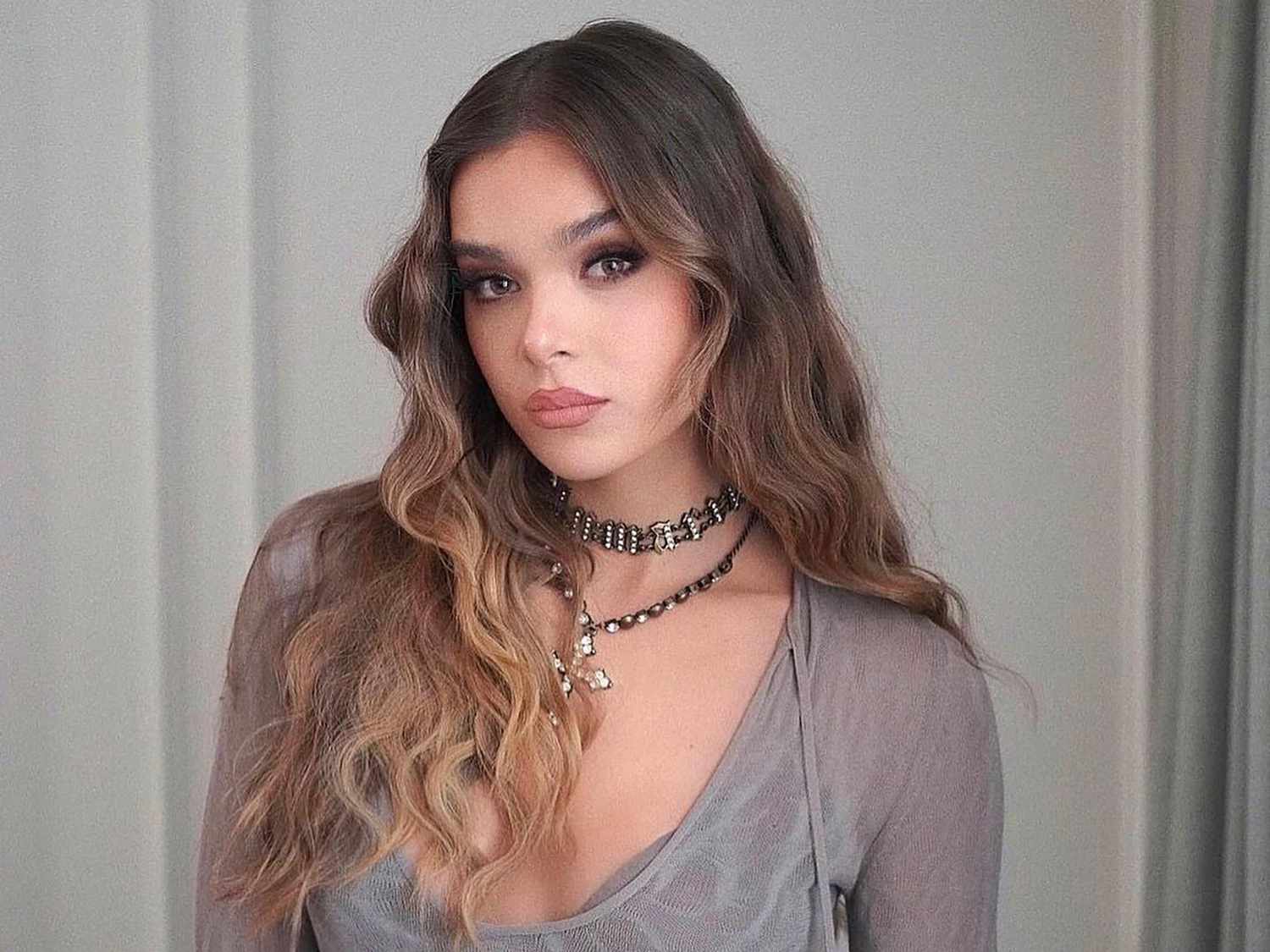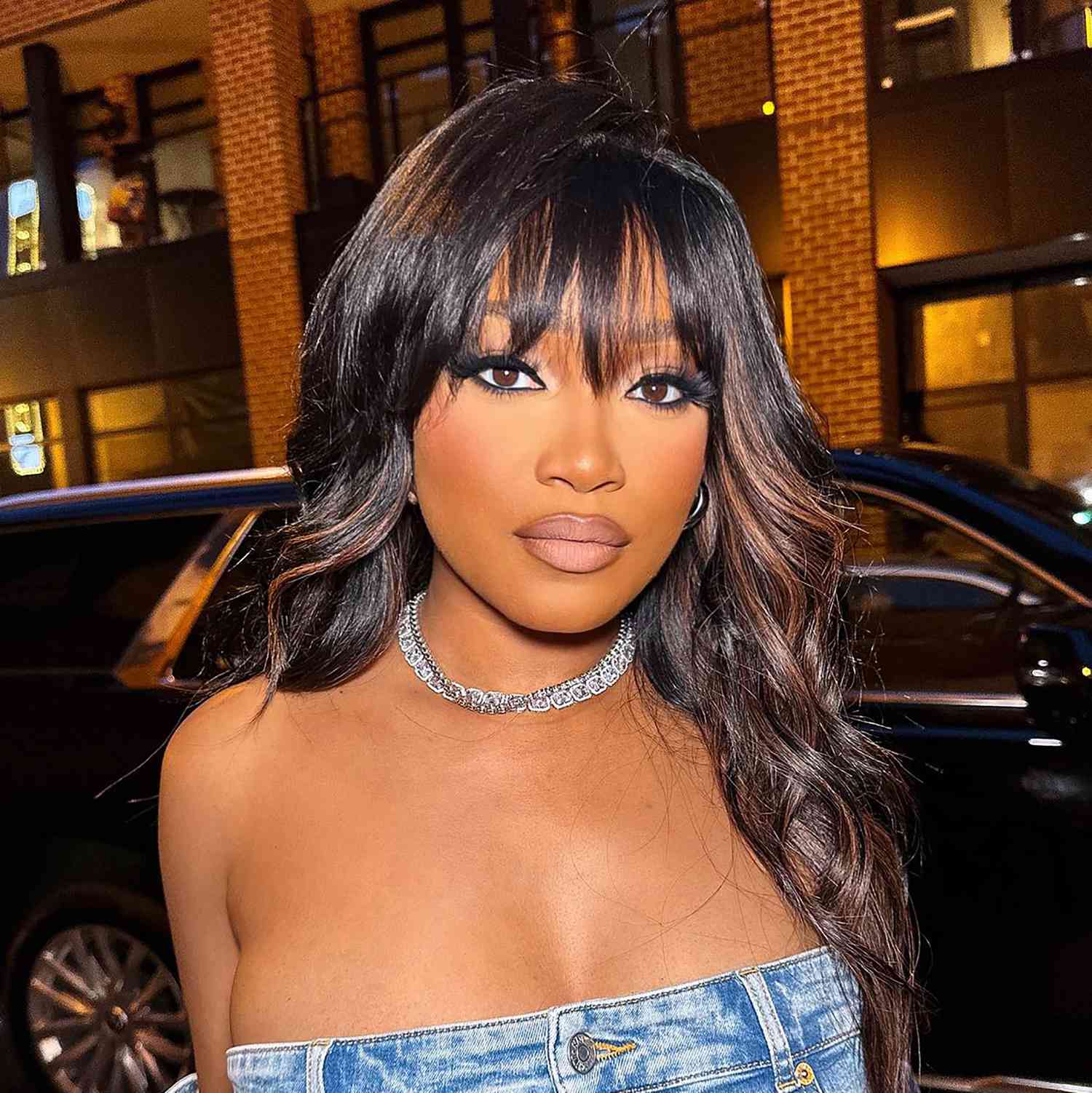
@haileesteinfeld
In This Article
What It Is How It’s Done Maintenance Who Should Do It Who Should Avoid The Final Takeaway
If reading this is your first time hearing about hair contouring, allow us to introduce you. Much like its makeup counterpart, hair contouring is a subtle way to enhance your facial features. With hair contouring, however, you switch out the powder and concealer for hair color and cut techniques—think highlights and lowlights but with more intentional and strategic placements. “Hair contouring can be a transformative and confidence-boosting hair color technique when done by a skilled professional,” says celebrity hairstylist Jason Tavares.
So, how exactly does hair contouring work? Ahead, Tavares, hair colorist Sharon Dorram, and hairstylist Laurabeth Cabbott give us a crash course on the technique.
Meet the Expert
- Sharon Dorram is a celebrity hair colorist and owner of Sharon Dorram Color at Sally Hershberger in New York City.
- Laurabeth Cabott is a celebrity hairstylist and owner of Artistry By LB.
- Jason Tavares is a celebrity hairstylist, makeup artist, and owner of BCavi hair products.
What Is Hair Contouring?
“Hair contouring is a hair coloring technique that uses strategically placed highlights and lowlights to enhance the natural features of an individual’s face and create dimension in their hairstyle,” Tavares explains. “It’s inspired by the makeup technique of facial contouring, where shading is used to accentuate specific facial features.”
Cabott adds that hair contouring can be achieved with a haircut as well, again with the intent of accentuating one’s face shape.
How Is Hair Contoured?
Hair contouring is best left in the hands of a professional who will consider multiple factors. “The process involves analyzing the client’s face shape, skin tone, and hair texture to determine the most flattering shades and placement of highlights and lowlights,” says Tavares. “The stylist then applies the color using various techniques, such as balayage or foiling, to achieve a customized and seamless look.”
Dorram tells us these techniques are most frequently applied around the hairline and crown to get the desired results, but they can be focused on the ends of the hair.

@keke
How Do You Maintain Hair Contouring?
Similar to maintaining highlights or other forms of hair coloring, following the advice of your stylist is key to keeping your hair contour fresh and fabulous for as long as possible.
“To maintain hair contouring, it’s essential to use color-safe hair care products, avoid excessive heat styling, and schedule regular touch-up appointments with your stylist to refresh the highlights and lowlights,” says Tavares. “Deep conditioning treatments can also help preserve the vibrancy of the colors and keep your hair healthy.” It’s also best to keep your hair out of chlorine water during pool season to avoid unwanted green (yep, that can happen).
Other than that, consistency is the name of the game, the stylists say. “Maintaining hair contouring is pretty simple as long as you are willing to visit your stylist at least [twice] a year,” adds Cabott. “The maintenance also depends on how bold you like your contouring. If you… like the more natural look, I recommend regular salon visits to keep the face-framing—aka money piece—fresh.”
Who Should Consider Hair Contouring?
Hair contouring is unique to every client, so it can generally work for anyone. "I recommend hair contouring for anyone trying to accentuate certain features on the face or create an illusion about the proportions of one's face," says Dorram. "Hair contouring can make a face look thinner or wider, depending on the placement of color. It can soften angels [or define] a round or full face." So if you love the contoured look—but not the daily strain of doing a full face of makeup—this might be exactly what you're looking for.
Who Might Want to Avoid Hair Contouring?
Generally speaking, the stylists say no one needs to actively avoid hair contouring. "Hair contouring is a great option for anyone looking to enhance their facial features, add dimension to their hair, or achieve a more personalized and flattering hairstyle," says Tavares. "It works well for all hair lengths, textures, and colors."
That being said, Tavares notes that individuals with short hair may find less use for hair contouring. “Individuals with very short hair may find hair contouring less effective, as there might not be enough length to showcase the color variations,” he notes. “Additionally, those who prefer low-maintenance hair color may want to avoid hair contouring, as it requires regular touch-ups to maintain its appearance.”
The Final Takeaway
Thinking about hair contouring? The stylists are all for this technique—but before jumping in, there are a few questions you'll want to ask yourself. Says Cabott: "How often are you going to style your hair? Do you have the necessary hair tools to style your contouring haircut? Do you like change when it comes to your look?… Are you someone who will be able to maintain your cut and color at the salon?" All great questions to ponder before booking your appointment.
What Are Ghost Layers? Stylists Tell All About the Subtle Haircut Trend


